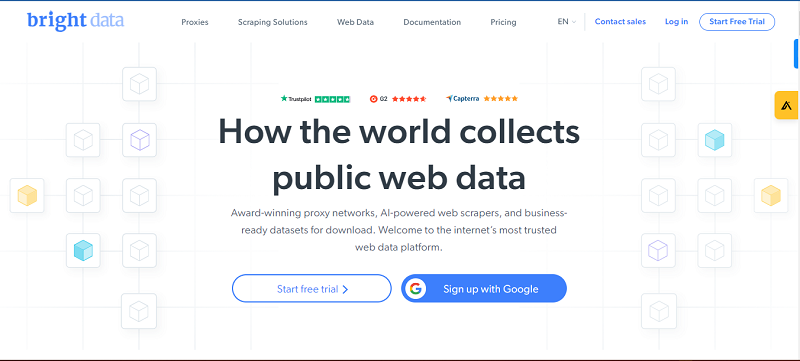The General Data Protection Regulation (GDPR) is officially here. Yet, organizations are still unaware, are ignoring, or flat out didn’t build in enough time to make sure they met all mandates of this expansive and impactful regulation. One of the lesser well-known requirements is the emergence of a totally new role: The Data Protection Officer (DPO). Organizations are required to (in some capacity) have a DPO on board, but this can be easier said than done.

The Data Protection Officer (DPO) is sure to be the hot new role for companies operating in the European Union (EU). This individual will be responsible for ensuring anonymity and maintaining the personal information (PI) collected by the company during routine marketing and business practices. The DPO will build and implement procedures for collecting, processing, and storing personal information within the GDPR compliance framework.
The responsibilities of the DPO may appear to be relatively straightforward, but that’s far from the case. The new position is an intricate one and requires dual knowledge of cybersecurity and legalities. That said, individuals that possess this unique skillset are going to be in high demand. So much so that the International Association of Privacy Professionals predicted there are 75,000 new GDPR vacancies around the world. The DPO must also keep up to speed with amendments to the regulation, especially within the first 6 months of its enforcement. This level of expertise will no doubt come with a high price tag, which could present challenges for midsize organizations with limited wiggle room in their budgets.
Due to the high cost of such advanced expertise, many experts are predicting that we’ll see a rise in compliance-as-a-service models in which a DPO would instruct the IT teams of several companies. This could be a cost-effective solution for many organizations who don’t have the available budget or resources to bring on an in-house DPO. However, each company will still be responsible for its data, so they must approach this outsourced model carefully. It will also be important for enterprises to seek advice from their data protection providers, as they can advise on which technology can help maintain compliance continuously.
So, how should an organization work with both their DPO and data protection provider to make sure they remain in regulators’ good graces? IT leaders should seek guidance on:
There are many aspects of GDPR that are subject to interpretation, so organizations need to listen to and implement the advice from both their DPO and their data protection providers. Working with both is the best way to assure continuous compliance, even as amendments are made to the regulation and the technology landscape continues to change.
By Oussama El-Hilali





